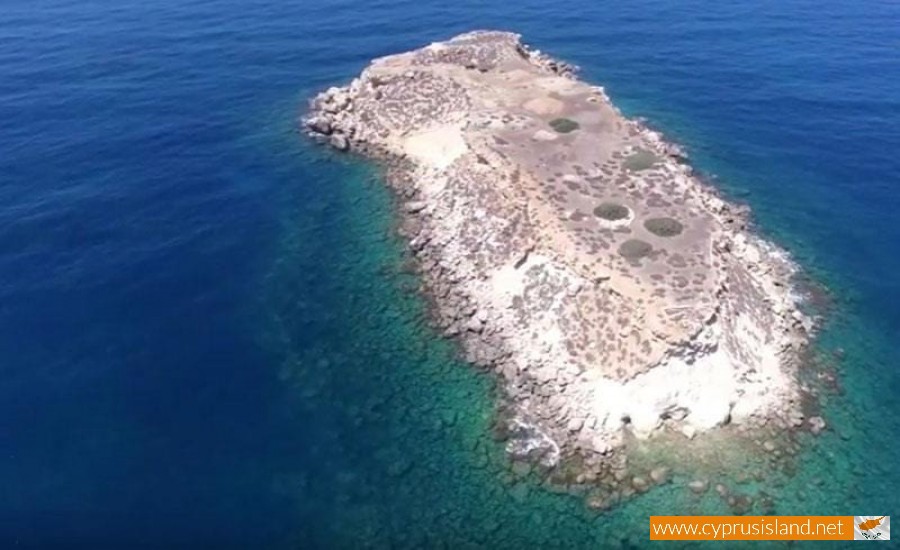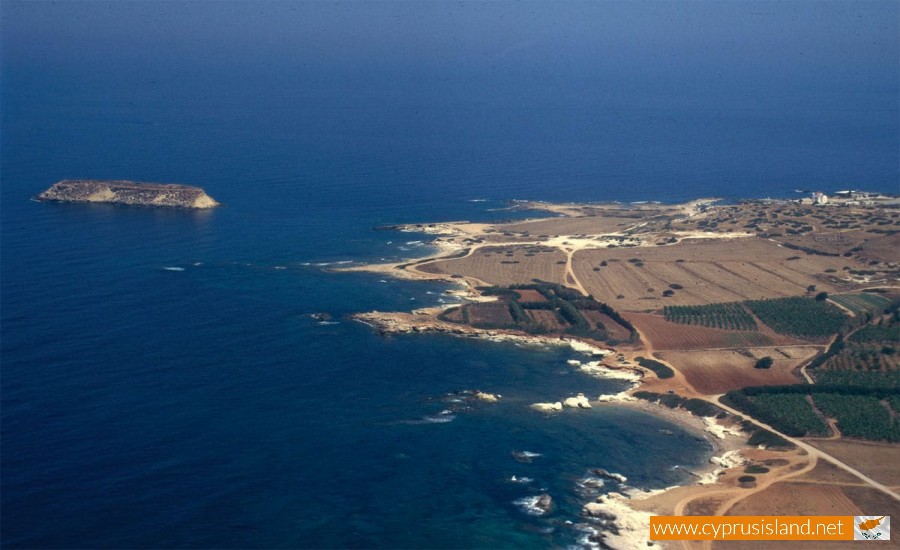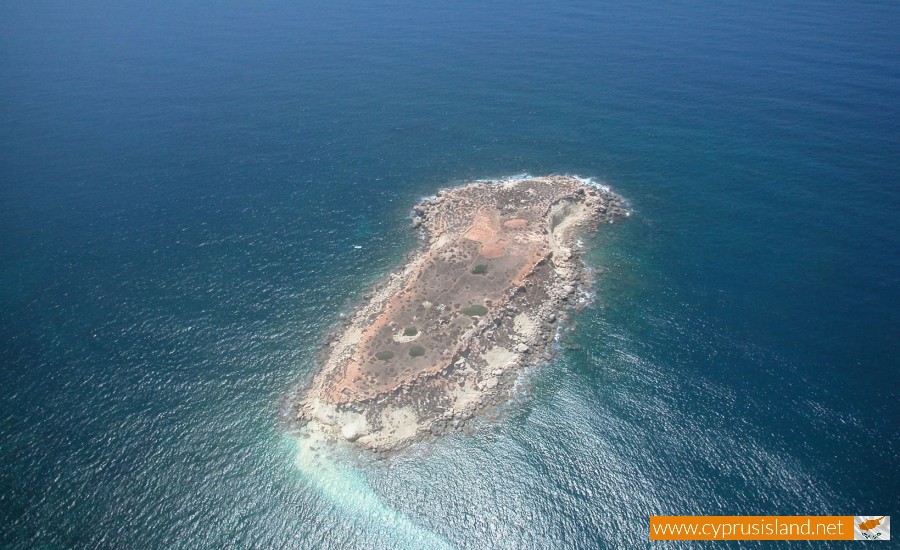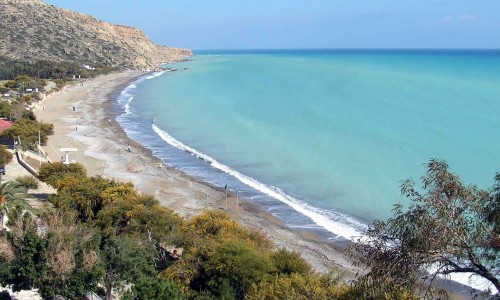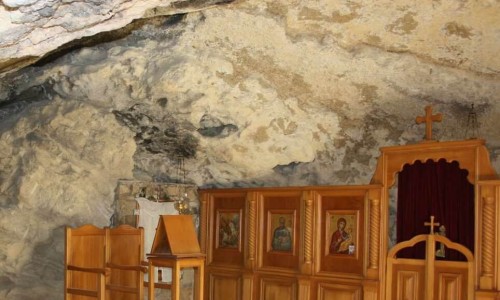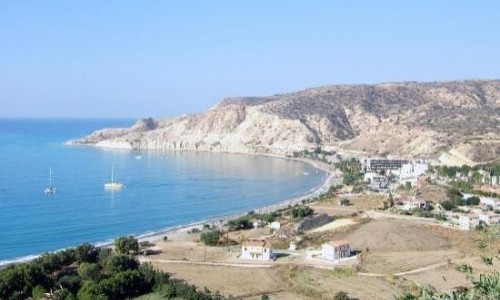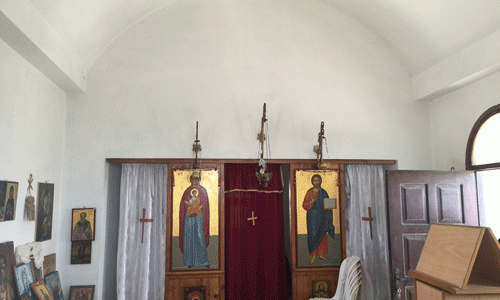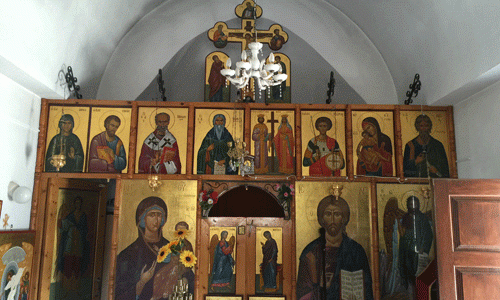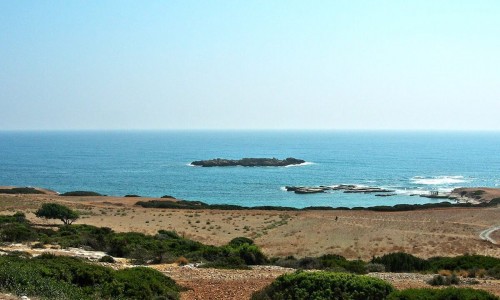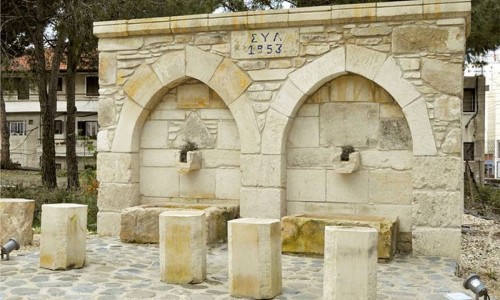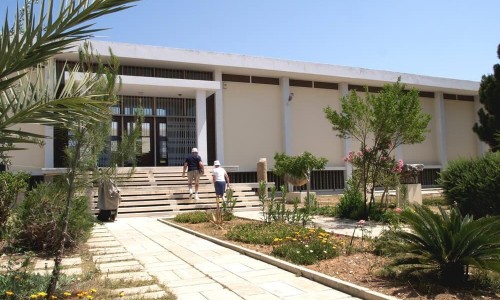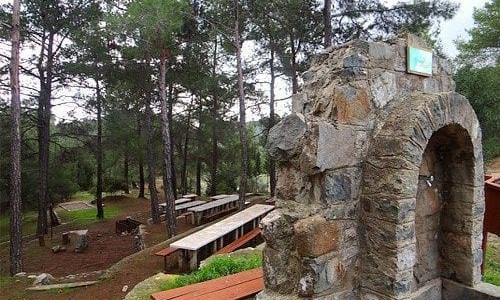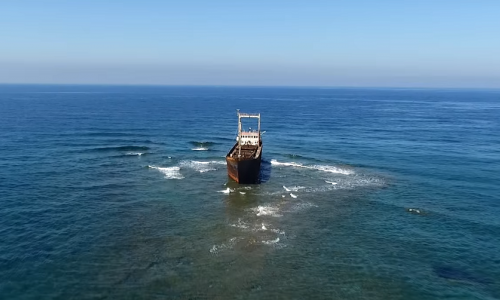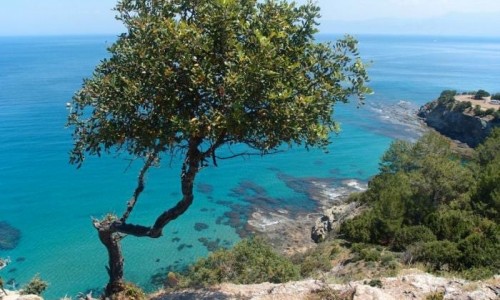Yeronisos - Peyia
Just off the rugged western coast of Cyprus, near the village of Agios Georgios in the Paphos region, lies a tiny, uninhabited island with an outsized legacy—Yeronisos, or "Holy Island." At first glance, its windswept cliffs and scrubby vegetation might seem unremarkable, but beneath its rocky surface lies a rich tapestry of history, mystery, and spirituality stretching back thousands of years.
Yeronisos (also spelled Geronisos) earned its name—literally meaning “Holy Island” in Greek—from its role in antiquity as a place of worship. Archaeological evidence suggests that during the Hellenistic period, around the 1st century BCE, the island was a sanctuary dedicated to Apollo, the Greek god of the sun, music, and prophecy. Pilgrims are believed to have traveled across the narrow strait from the mainland to pay tribute to Apollo, seeking healing, blessings, or divine insight.
What makes Yeronisos unique is that it was not just a site of local devotion; it seems to have drawn visitors from a wider Mediterranean audience. Pottery, coins, and inscriptions unearthed by archaeologists point to a well-established ritual center that thrived for several decades during the late Hellenistic period.
The island was largely forgotten for centuries, overgrown and battered by time and the sea, until renewed archaeological interest brought it back into focus. Since the 1980s, a team led by Dr. Joan Breton Connelly from New York University has conducted extensive excavations on Yeronisos. Their findings have reshaped our understanding of the island's purpose and prominence.
Among the most striking discoveries are the remains of temples, altars, and a number of finely crafted artifacts. There are also clear indications of monumental building efforts, suggesting that Yeronisos was more than just a provincial shrine. It likely held regional significance and may have operated under royal patronage during the reign of Cleopatra VII of Egypt—yes, that Cleopatra.
These excavations also reveal that the island was abandoned rather suddenly, perhaps due to an earthquake or political turmoil, only to be reoccupied briefly in the Byzantine period, around the 6th–7th centuries CE, when a small Christian settlement took root.
Despite its rich past, Yeronisos today is a place of quiet and solitude. It covers just under 2 hectares (about 5 acres) and remains uninhabited, protected both for its ecological and archaeological value. The surrounding waters are clear and teeming with marine life, and the island itself is a haven for birds and hardy Mediterranean flora.
Access to Yeronisos is restricted to preserve its fragile environment and ongoing research efforts. Occasionally, researchers, conservators, and trained volunteers are allowed to set foot on the island, but casual visitors must admire it from afar—usually from the coastal cliffs near Agios Georgios.
Yeronisos may be small, but it stands as a powerful reminder of Cyprus’s long-standing role as a crossroads of civilizations. From ancient Greek religion to Roman influence and Byzantine resilience, the island encapsulates the layered history of the Mediterranean world.
It also symbolizes the enduring human quest for the divine—a place set apart, chosen for its isolation and mystery, where people once came in search of gods, answers, or perhaps just silence.
For history lovers, archaeologists, and those enchanted by the secrets of the past, Yeronisos is more than a rock in the sea—it’s a sacred echo of ancient devotion.
District : | Paphos |
Address : | Saint George Peyia |
Accreditation | Department of Antiquities of the Republic of Cyprus / Peyia Municipality |
Operation period : | All year round |
Website : | |
Email address: | |
Telephone: | 00357-26621113 |
Fax: | 00357-26621244 / 00357-26621571 |
Entrance Fee: |



